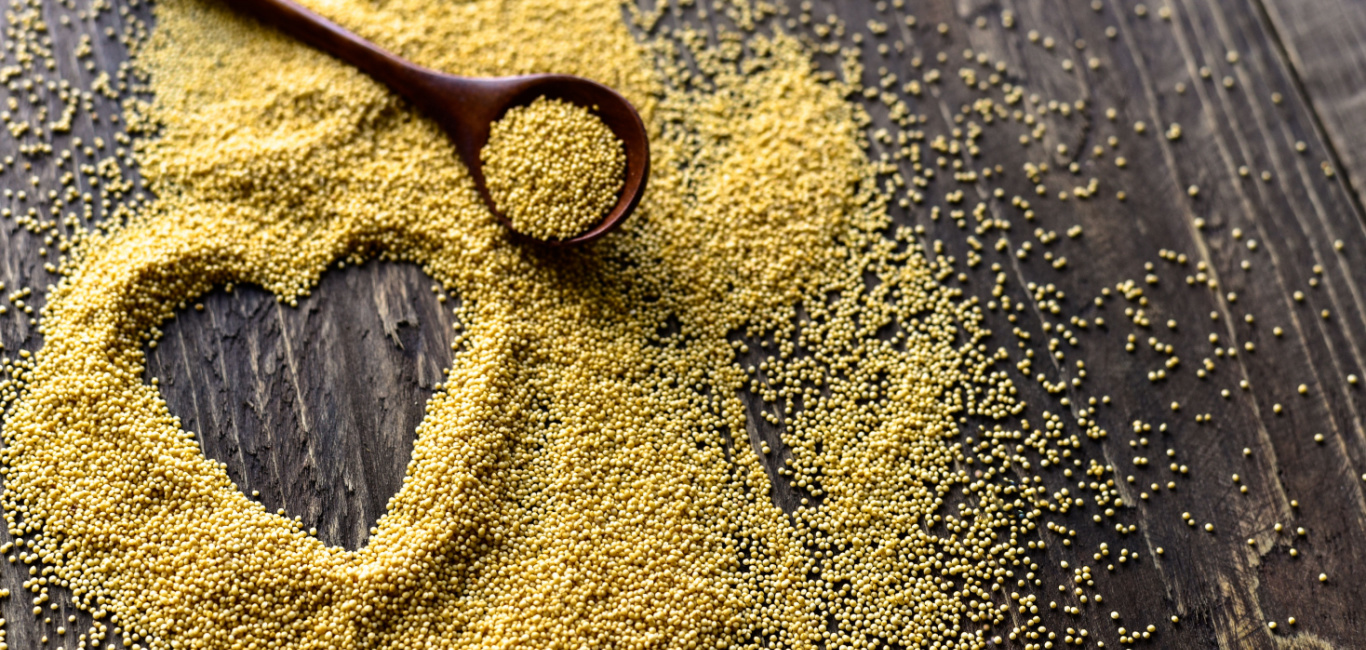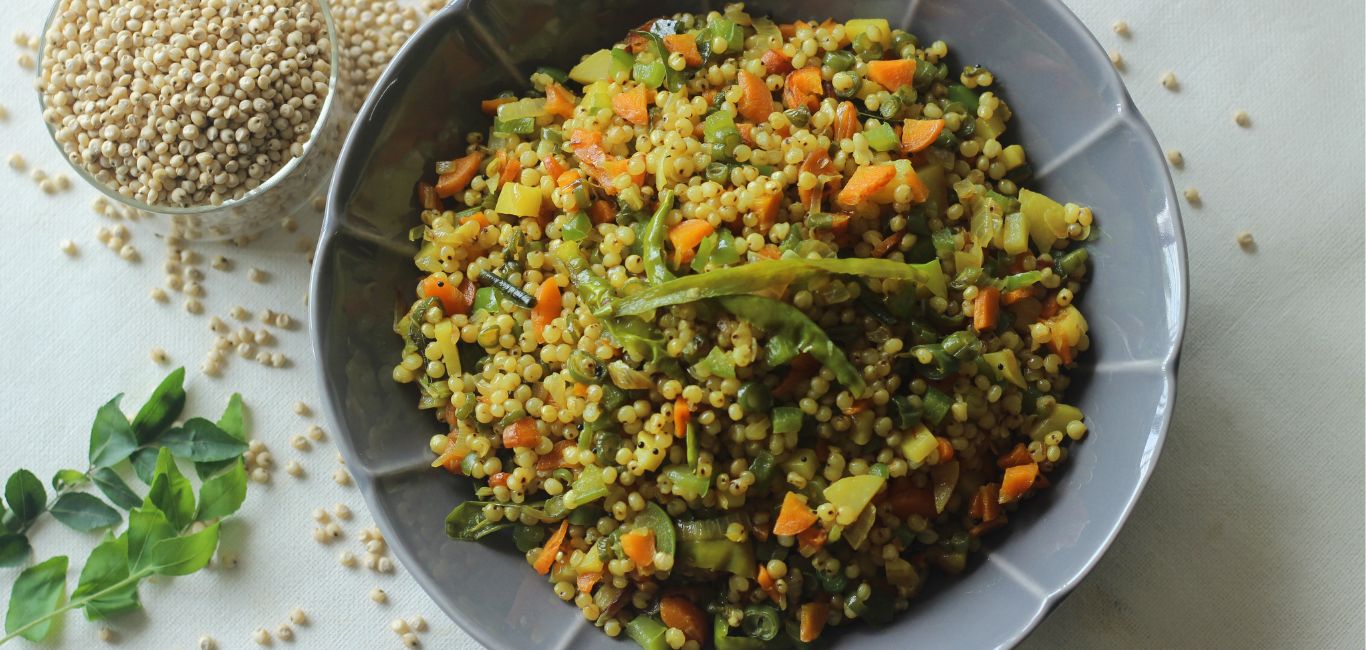
Amaranth, or rajgira, ranks as a versatile grain. Whether in a nutrient-packed breakfast, a dessert, or a quick snack, it can be found in upma, ladoo, kheer, chikki, and even delectable pancakes. Moreover, amaranth comes with an array of health benefits.
Rich in complex carbohydrates, it delivers a fibre bonanza that maintains stable blood sugar levels, provides sustained energy and curbs frequent snacking while promoting digestion and averting constipation.
“Amaranth’s protein content supports muscle development, tissue repair, and overall health,” says Smriti Mishra, founder and consultant at Fitgenix, Mumbai.
A research published in Obesity (Silver Spring) suggests that a protein-rich breakfast reduces hunger and aids in weight management. As a gluten-free food, amaranth also helps those with celiac condition and gluten sensitivity. It is often used as an all-purpose flour and wheat substitute in gluten-free baking.
Moreover, regular consumption of amaranth combats anaemia as it offers 7.6 mg of iron per 100 grams. Besides, it contains phosphorus and magnesium, bolstering bone health and preventing conditions like osteoporosis.
“Magnesium in amaranth can help maintain muscle and nerve function and heart health,” says Inpreet Kaur, nutritionist from Punjab. It can even help in the management of certain neurological conditions, she adds.
Amaranth is abundant in a variety of antioxidants including vitamin E. According to Kaur, this boosts skin health and has anti-inflammatory properties, potentially preventing chronic health conditions.
Portion control
As amaranth is high in calories—amounting to 371 Kcal per 100gm—one should exercise portion control.
It is best to opt for healthier cooking methods like boiling, steaming, or roasting to trim excess calories from your recipes. Be sparing with ghee or oil when crafting delicacies like parathas or ladoos.
A 2023 study published in the journal Food Chemistry: X, indicates that boiling grains can significantly increase the bioavailability of iron, calcium and zinc in them which means, your body can absorb these nutrients easily.
Gym goers can consume amaranth just before workouts for instant energy, and after workouts for faster muscle recovery.
The healthy recipe
Here is an easy and unique recipe provided by Mishra.
Amaranth and sweet potato hash browns
Ingredients
Amaranth flour – 1 cup
2 sweet potatoes, peeled and grated
1 medium-sized onion, finely chopped
2-3 garlic cloves, minced
Cumin seeds
Red chilli powder
Salt to taste
2-3 tablespoons oil for frying
Method
In a bowl, add sweet potatoes, garlic, onion, cumin seeds, red chilli powder, and salt. Combine them well.
While mixing, gradually add the amaranth flour to it. The final dough should be smooth in texture without any lumps.
Heat oil in a frying pan and place a handful of the mixture. Flatten the mixture with a spatula into a hash brown shape or any shape you desire. Cook both sides on medium flame until golden brown and crispy.
Serve it hot with your favourite chutney.

















